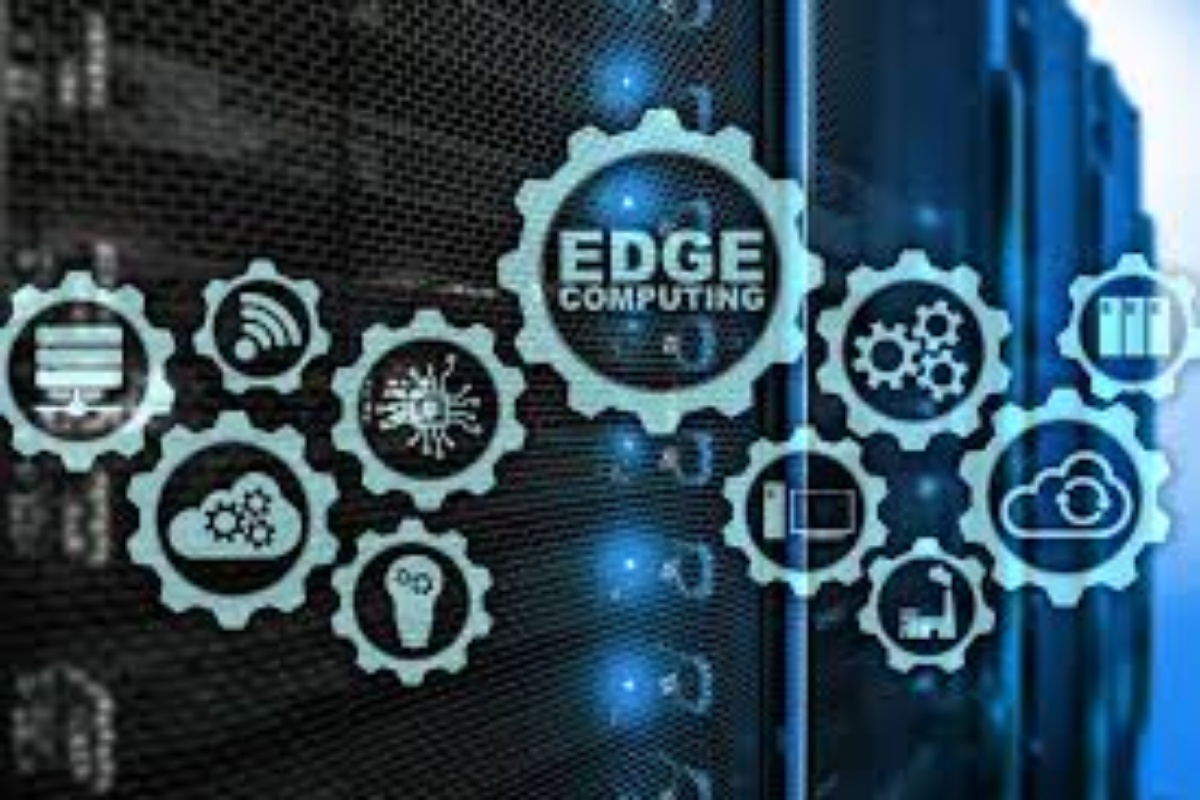In the evolving world of technology, trends come and go—but some leave a permanent mark. Edge computing is one of those transformative innovations that’s not just gaining momentum but reshaping how businesses, developers, and even consumers think about data, speed, and computing power.
If you’re wondering whether it’s worth your time to learn edge computing, the short answer is: absolutely. But to fully understand why, we need to explore what edge computing is, how it’s transforming industries, and why it holds massive potential for your career and the future of technology.
What Is Edge Computing?
Edge computing is a distributed computing paradigm that brings computation and data storage closer to the devices where it’s being gathered, rather than relying on a centralized cloud location.
In simpler terms, instead of sending all your data to the cloud for processing (which can be slow and inefficient), edge computing processes the data locally—on devices or nearby edge servers.
Key components of edge computing:
- Edge devices: IoT sensors, smartphones, cameras, routers
- Edge servers: Local servers that handle computation closer to the source
- Cloud: Still part of the system, but now optimized for high-level analytics and storage
Why Is Edge Computing Important?
The importance of edge computing is tied to data growth, latency requirements, and real-time needs.
1. The Explosion of IoT Devices
The rise of Internet of Things (IoT) devices—smart homes, wearable tech, connected vehicles—has created a massive data influx. Edge computing allows that data to be processed near the source rather than choking bandwidth by sending it all to the cloud.
2. Latency and Speed
Milliseconds matter. In areas like autonomous driving, medical devices, or real-time surveillance, a delay in decision-making can be catastrophic. Edge computing minimizes latency by making decisions locally.
3. Bandwidth Efficiency
Edge computing reduces the load on networks. By processing data locally, only essential information is sent to the cloud, leading to more efficient bandwidth use and cost savings.
4. Enhanced Security and Privacy
Data processed locally is less exposed to external attacks. Sensitive information can be analyzed and discarded at the edge, reducing risk.
Real-World Applications of Edge Computing
Smart Cities
Smart traffic lights, surveillance systems, and waste management all use edge computing to process data in real time for more responsive services.
Autonomous Vehicles
Self-driving cars use sensors and edge processors to make split-second decisions without waiting on cloud servers.
Healthcare
Remote patient monitoring systems use edge computing to detect anomalies and alert healthcare professionals in real time.
Manufacturing and Industry 4.0
Edge devices monitor machinery, detect defects, and even predict maintenance needs before a problem occurs—enhancing productivity and safety.
Gaming and AR/VR
Cloud gaming and augmented/virtual reality applications rely on ultra-low latency that only edge computing can deliver.
Why You Should Learn Edge Computing
1. Career Growth and Future-Proofing
Edge computing is already impacting sectors like telecom, automotive, manufacturing, and healthcare. As a professional in IT, software development, data science, or cybersecurity, learning edge computing puts you at the forefront of future innovation.
According to Gartner, by 2025:
75% of enterprise-generated data will be created and processed outside of a traditional centralized data center or cloud.
That means the skills you learn now will be in massive demand in just a few years.
2. High Demand, High Pay
Edge computing professionals can work in diverse roles:
- Edge AI developer
- IoT solutions architect
- Systems engineer
- Data engineer for edge platforms
The convergence of AI, 5G, and edge computing is creating premium tech jobs—especially for those who understand how to optimize and secure distributed systems.
3. Complementary to Cloud and AI
Learning edge computing doesn’t mean abandoning the cloud—it enhances it. Most companies deploy a hybrid approach (edge + cloud). Understanding both environments makes you more versatile and valuable.
Additionally, edge computing often hosts AI inference at the device level. Knowing how to deploy AI models at the edge is a rare and prized skill.
4. Hands-On, Innovative Projects
Edge computing offers the chance to work on cutting-edge, real-time, impactful systems. Whether you’re optimizing power grids, helping autonomous drones fly smarter, or building immersive AR experiences—edge computing is where innovation is happening now.
How to Get Started with Edge Computing
Learn the Fundamentals
Understand the core principles of distributed systems, networking, and real-time computing. Familiarize yourself with terms like latency, throughput, bandwidth, and edge-to-cloud architectures.
Explore Platforms and Tools
- Raspberry Pi, Jetson Nano for edge AI projects
- AWS IoT Greengrass, Azure IoT Edge, Google Edge TPU
- Learn containerization tools like Docker and Kubernetes for deploying edge applications
Combine with AI and ML
Edge AI is a growing field. Learn how to run lightweight AI models on edge devices using tools like:
- TensorFlow Lite
- ONNX Runtime
- OpenVINO
Build Projects
Create a smart camera that detects motion, build a real-time dashboard for sensor data, or deploy a predictive maintenance system with edge sensors. Practical experience is key.
Final Thoughts: The Edge Is the Future
Edge computing is not a buzzword—it’s a foundational shift in how we process and utilize data. It brings speed, efficiency, security, and real-time intelligence to systems across every industry.
By learning edge computing today, you’re not just upgrading your skills—you’re aligning with the next wave of digital transformation.
“Edge computing is the future of distributed intelligence—bringing the power of AI and cloud to the very edge of the network.”
The future isn’t just in the cloud—it’s at the edge. And it’s closer than you think.
Interested in learning more? Start with a small project, dive into edge platforms, and join communities exploring this exciting space. The earlier you start, the greater the advantage.

